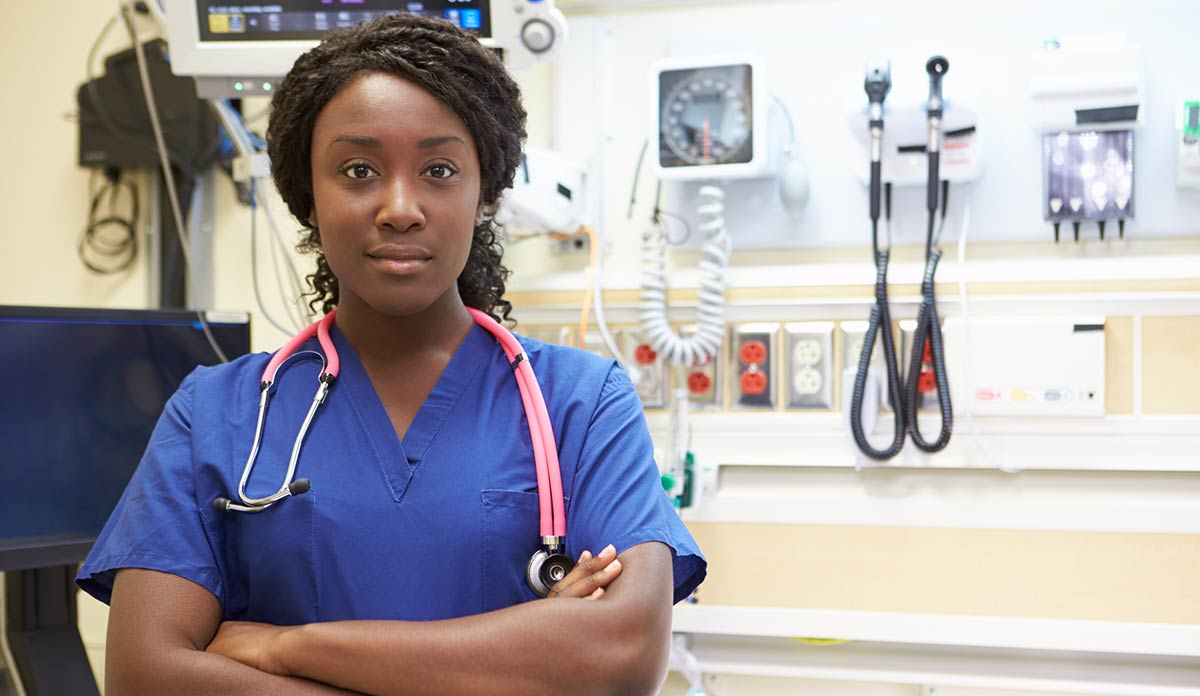When Case Western Reserve University began building something new on their Cleveland campus, the goal was to create a collaborative space for all healthcare students. This new “mini-campus” will be finished in 2019, and will be part of an effort to train medical, dental, and nursing students together.
Similarly, the Robert Wood Johnson Foundation’s Culture of Health initiative emphasizes cross-sector collaborations, taking the effort a step further by involving non-health care organizations like businesses, schools, and the government. These collaborations are meant to not only address general health, but also housing, neighborhood, and income inequities, which can be attributed to 70% of the variation in health outcomes.
Collaboration has been a trendy topic in the health space, but little research actually outlines what kind of conditions benefit from these collaborations. The role of health care providers in catalyzing these improvements and sustaining these efforts has not been studied heavily, either. A group of researchers set out to address this gap. Martsolf and colleagues assessed nurse experiences in health care systems that were modeled around effective collaboration between different sectors. The researchers focused on those who were a part of the American Academy of Nursing’s Edge Runner program. These nurses led or designed care models at their institutions that exhibited positive outcomes both clinically and financially.
These nurses led or designed care models at their institutions that exhibited positive outcomes both clinically and financially.
Between December 2015 and March 2016, the researchers first used an online survey to gather information from these Edge Runner nurses about their care models, and then followed up with telephone interviews. According to the study results, these care models were often implemented in inpatient settings, or those in which patients stay at the facility for the duration of treatment. Four in five of the models focused on women, and about 61% of the models also heavily considered low-income populations as well as racial and ethnic minorities.
Regarding cross-sector work, about 86% of the care models emphasized health care provider collaborations to some extent, and around 76% highlighted non-health care collaborations. The researchers found that specialists, hospital staff, and primary care physicians were the most effective at working together in these care models.
As for non-health sectors, the strongest collaborations happened between health care providers and leaders within the community, research organizations, and faith-based groups. On the contrary, emergency room staff and the dialysis department were among the less collaborative, as were environmental organizations, child welfare agencies, and legal firms. Even though the Edge Runner nurses aimed to better understand the community to improve its overall health, there still seemed to be some disconnect.
Considering their study findings, the authors reflect that nurses are important to improving community health because they act as “bridgers” between the health care system and the people they serve.
The successful collaborations were more likely to feature nurses and other health care providers who could at least speak another language in addition to English. The communities that had a greater sense of neighborliness and trust in their health systems also saw improved conditions through cross-sector collaborations. Additionally, the care models in which collaborating sectors shared a vision and a sense for business did better than others.
Considering their study findings, the authors reflect that nurses are important to improving community health because they act as “bridgers” between the health care system and the people they serve. They can help increase a sense of trust, and their role in health care systems is becoming increasingly crucial.
Feature image: monkeybusinessimages, iStock













